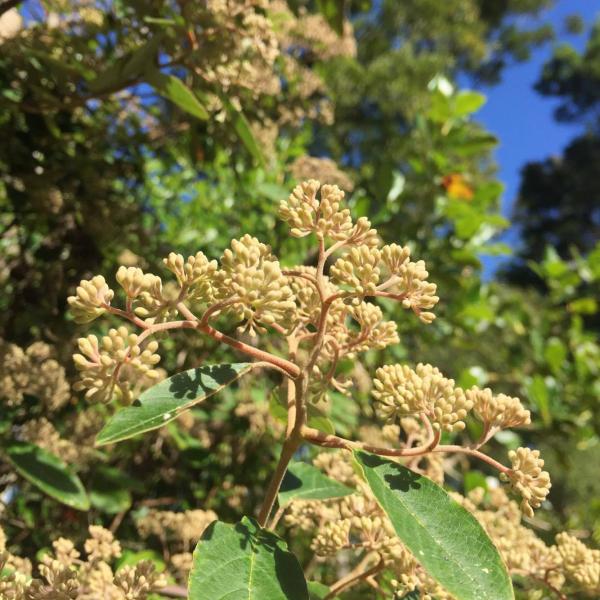I’ve held back for a long time from writing about any of our native medicine plants growing here in Aotearoa NZ. Kumarahou is a case in point. It’s seen less and less, growing as it does, or at least trying to establish itself on clay banks alongside country roads. It can take years for the seeds to germinate. As long as 8 years I’ve been told so not such an easy plant to propagate in a nursery situation. Years ago I managed to purchase a few seedlings and have nurtured them carefully trying to find the right spot where they can flourish and maybe, just maybe set some of their own seed and grow some babies. I’ve used some of the leaves to make tonics and tinctures but never been greedy. The health and well-being of the mother plants are more important, and they are quite a sensitive plant requiring gentle treatment. Read the full post.
So yes that’s the crux of it. To use these plants successfully one must be in relationship with them and with Papatuaanuku. As I sit here typing this, looking out at the ngahere that runs along the valley I see my whanaunga. Majestic beings living together symbiotically, with other beings; birds, insects, fungi and bacteria.

Kumarahou can be used as a support for the lungs and the liver. It’s useful for bronchitis and asthma. A small handful of leaves simmered in a litre of water is a great supportive treatment for someone with emphysema, especially during the winter season when they can be more susceptible to lung infections. A warm cupful first thing in the morning before eating is best. It has a bitter taste with a sweet aftertaste, stimulating and supporting liver function, a good spring tonic.
Make sure to talk to your local rongoaa Maori practitioner before gathering or preparing tonics. Contact your local marae for more information.
Papatuaanuku; Earth mother, the earth
ngahere; the bush, the forest
whanaunga; relatives
rongoaa; medicine, treatment
We use Kumarahou in our Solar-x
Thank you for your korero. Insightful and mean8ngful
Nga mihi aroha ki a koe 😊 just looking at germinating some seeds ive eco sourced in the east coast of Aotearoa was wanting to ask what was the best methods you used please?
Kia ora e Kerry, he patai uaua. I’ve never tried to propogate kumarahou as apparently they can take many years to germinate. That was what was told by one of my kaiako and they need to be in the optimum conditions for a very extended period of time. I purchased some plants years ago which I planted here at home and I’m hoping that they will make some of their own babies naturally. No luck as yet. I’m sorry that doesn’t help much aroha mai.
Kia Ora Ladies
I live and work in West Auckland. I work in partnership with Auckland Council – Project Twin Streams. Our organisation runs rongoa workshops and I have stumbled upon a naturally forming Kumarahou plantation. I am aware of the difficulties of propagating this plant (not from experience) from people I have spoken with and the research done when I studied botany and related papers. Back to the kaupapa, this plantation is situated at Te Rangi Hiroa Park, Massey/Ranui. What is fascinating about this plantation is that it required a substantial amount of human input to create this unintended plantation. The creators are not even gardeners or ecologists, certainly not rongoa practitioners. The creators are mountain bike enthusiasts. These people have designed and constructed ramps and gullies with precision and labour using handtools and the limited use of some powertools based on my observations. This area is situated on the south side of a slope with dominating 50 – 70 year old pine trees that are protruding out of the canopy and the undergrowth of native species, with a domination of kumarahou in and amongst the constructions. In my opinion, the species tend to favour recently disturbed soil. The substrate is typically clay. There was a presence of different sizes of the plants from seedlings to 3 – 4 meters. The plants are very prolific amongst the constructed ramps and gullies, and no where else where there is the presence of other native species regeneration.
I may be wrong with my conclusions. The plants are definitely thriving with little care (and to what I conclude, or knowledge) given by the creators.